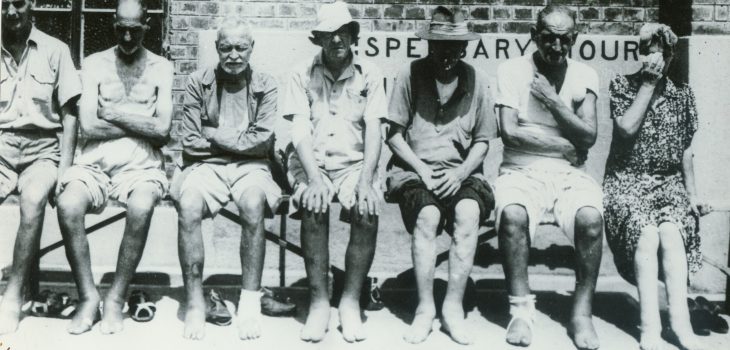On 15 August 1945, Victory over Japan (VJ) Day marked the end of the Second World War in Asia. While celebrations had already taken place in Britain and Europe after VE Day in May, the war was far from over for those still living under Japanese occupation.
Among them were the civilians of Stanley Internment Camp in Hong Kong – over 2,000 men, women, and children – including Dr Dean Smith, who would later become a lecturer in the Department of Human Nutrition at the London School of Hygiene & Tropical Medicine (LSHTM).
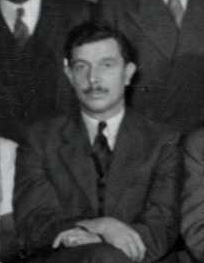
Life in Stanley Internment Camp
Stanley Internment Camp was established by the Japanese in 1942 following their takeover of Hong Kong. Unlike prisoner of war camps, Stanley was run as a civilian internment camp, with internees allowed to organise themselves into committees under Japanese command.
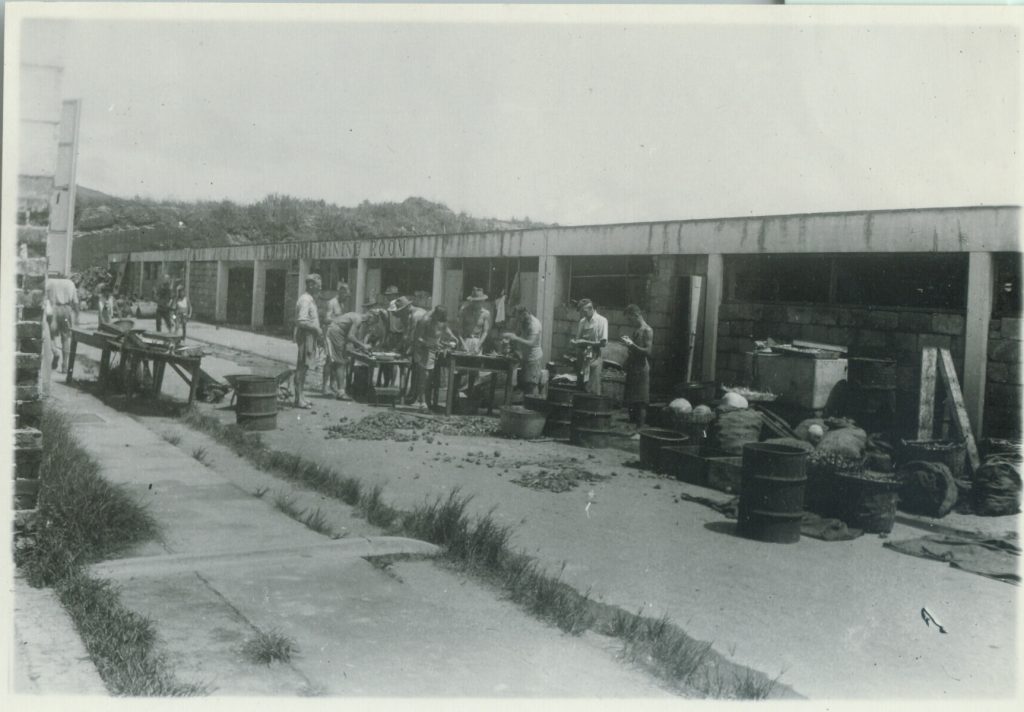
Dr Smith, a member of the International Welfare and Central Relief Committees, used his expertise in nutrition to research and document the health problems he saw around him. The camp diet was dominated by rice and suffered from a severe lack of protein, vitamins, and salt. Supplies of fresh vegetables were limited, and caloric intake was inadequate.
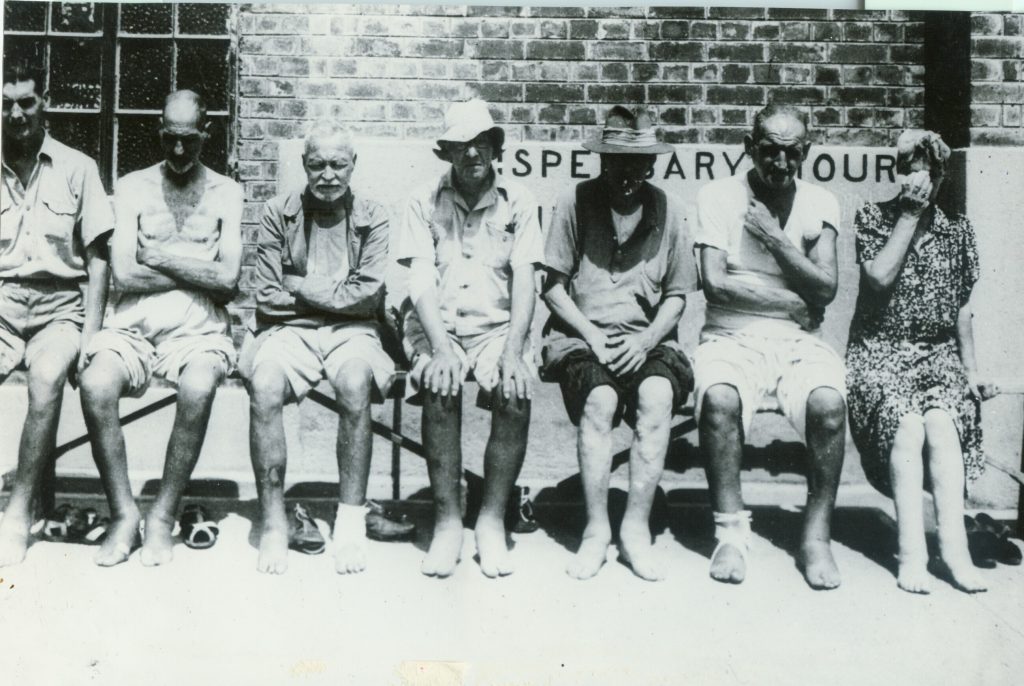
In his 1942 Nutritional Report, written from inside the camp, Dr Smith evaluated the calorie and protein content of the rations, noted the limits of vegetable supply, and highlighted illnesses linked to poor diet – including beriberi. He even suggested ways to combat deficiencies, such as producing Vitamin B1 through yeast, and recorded a recipe for making it.
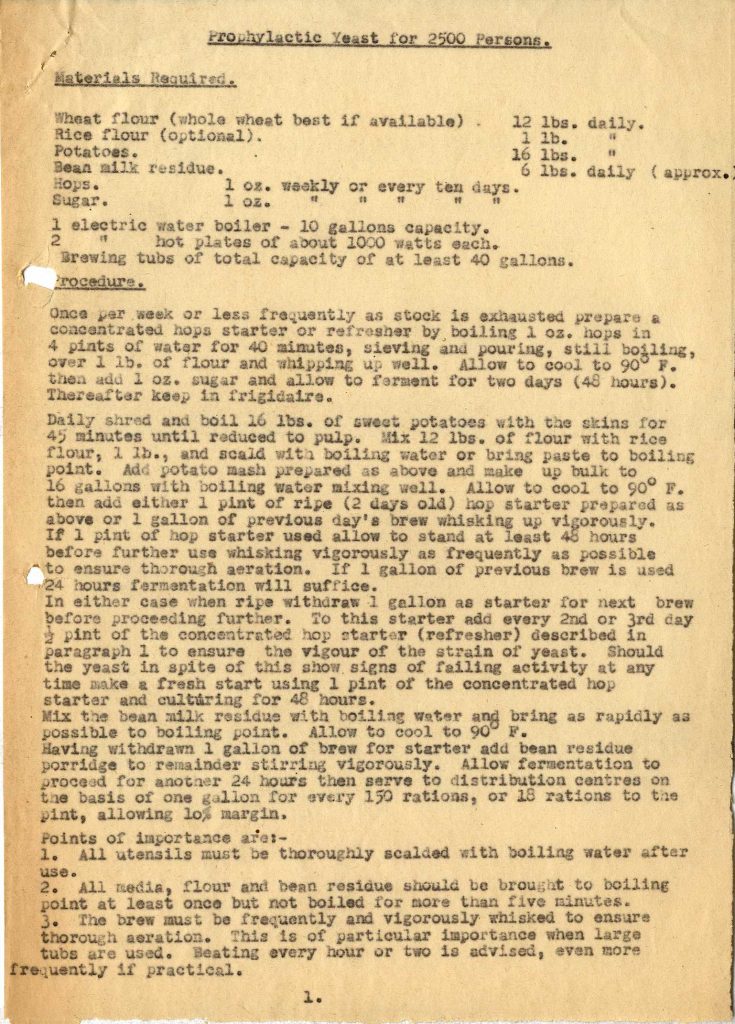
Survival and Self-Organisation
Throughout their imprisonment, internees made efforts to improve their situation. Committees rationed valuable foods, lobbied camp commanders for changes, and grew vegetables in the camp gardens whenever possible. Documents in the LSHTM Archives reveal suggestions to harvest salt from sea water, prioritise tinned mutton for those suffering from oedema, and comparisons to diets in other internment camps.
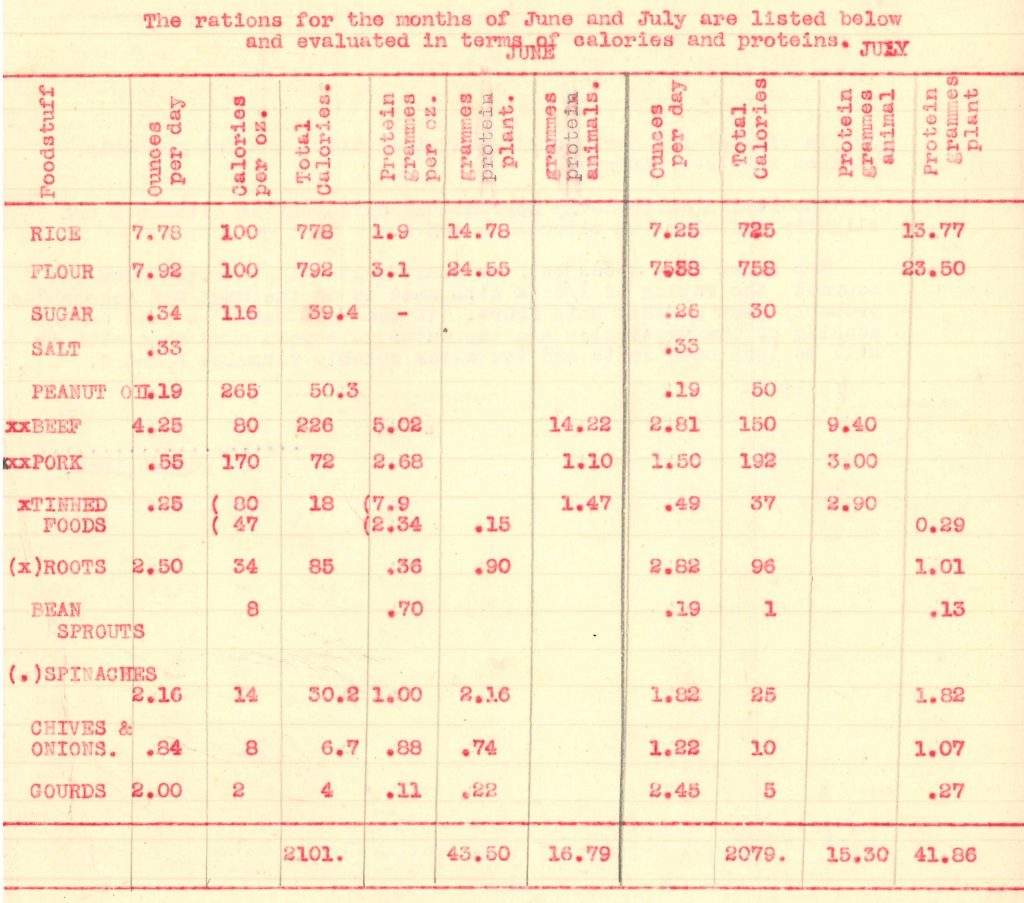
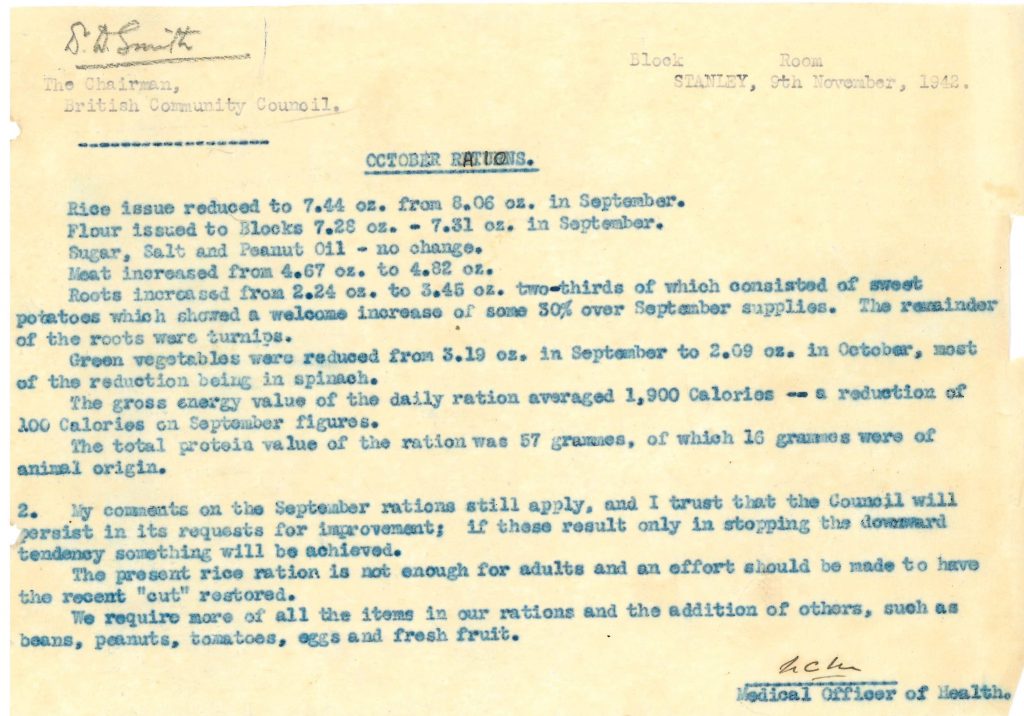
Liberation and the Change in Rations
The Japanese surrender on 15 August 1945 brought liberation for Stanley’s internees the following day. An Emergency Committee meeting on 17 August recorded the “termination of hostilities,” and within two weeks the internees were evacuated.
As they waited, a noticeable change in rations occurred – honey, salmon, margarine, and meat-loaf appeared on the menu, in stark contrast to the monotonous, nutrient-poor meals of the preceding years.
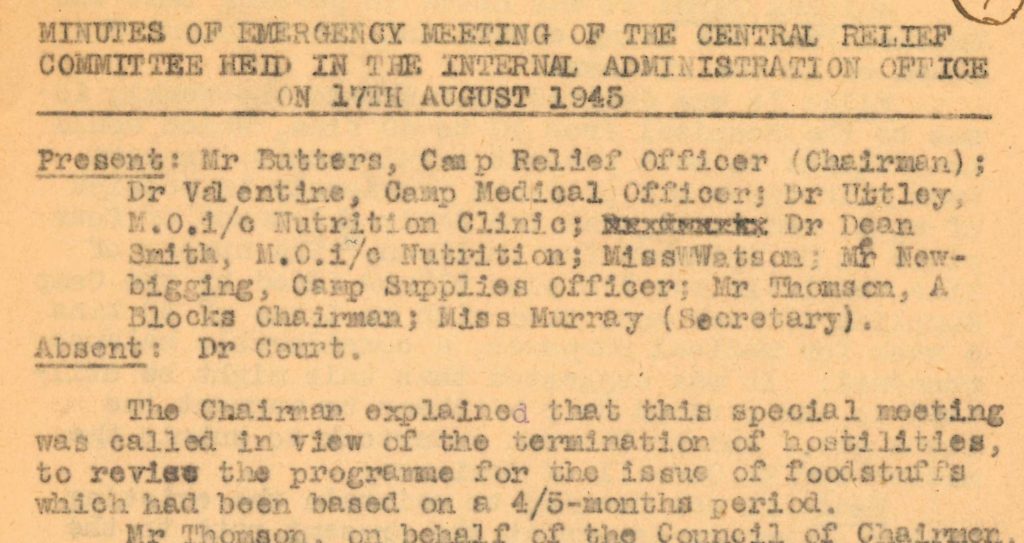
Beyond Stanley – Other Internment Records
The LSHTM Nutrition Collection also preserves material from Changi Internment Camp in Singapore. Following the fall of Singapore in February 1942, the Japanese used the Selarang Barracks to hold around 50,000 Allied prisoners of war, mostly British and Australian.
Among the records are over 400 pages of medical inspection reports compiled by Michael F.A. Woodruff, a captured Medical Officer in the Australian Army Medical Corps. These documents, gathered under extreme conditions, detail the malnutrition and related illnesses suffered by inmates and formed the basis for the MRC Special Report No. 274 on Asiatic diets and nervous disorders linked to malnutrition.
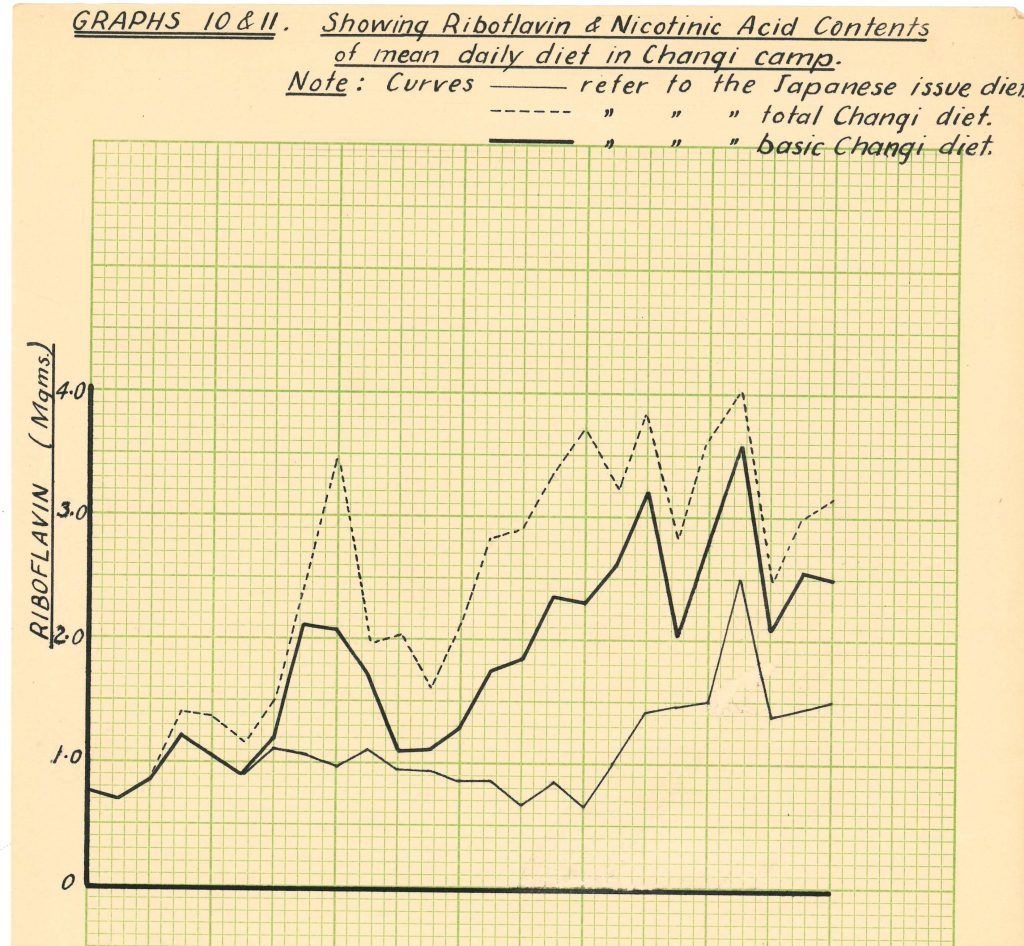
For more information on our collections, see our online catalogue or please contact archives@lshtm.ac.uk.



